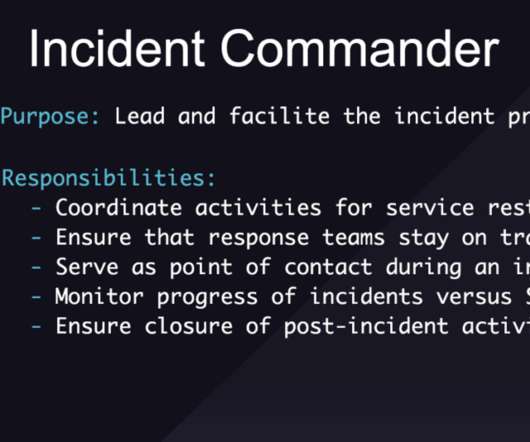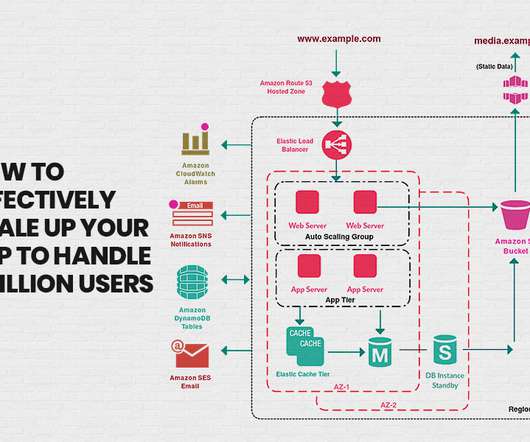Matching Incident Management Roles and Responsibilities to Process
xmatters
MAY 20, 2020
Since 2018 we’ve made subtle but important changes to our architecture, and to how we approach deployments. First, we completed a move from our own hosted data centers to Google Cloud Platform (GCP). This gave us a more dynamic architecture which could be scaled to customer needs much faster than a traditional datacenter.














Let's personalize your content